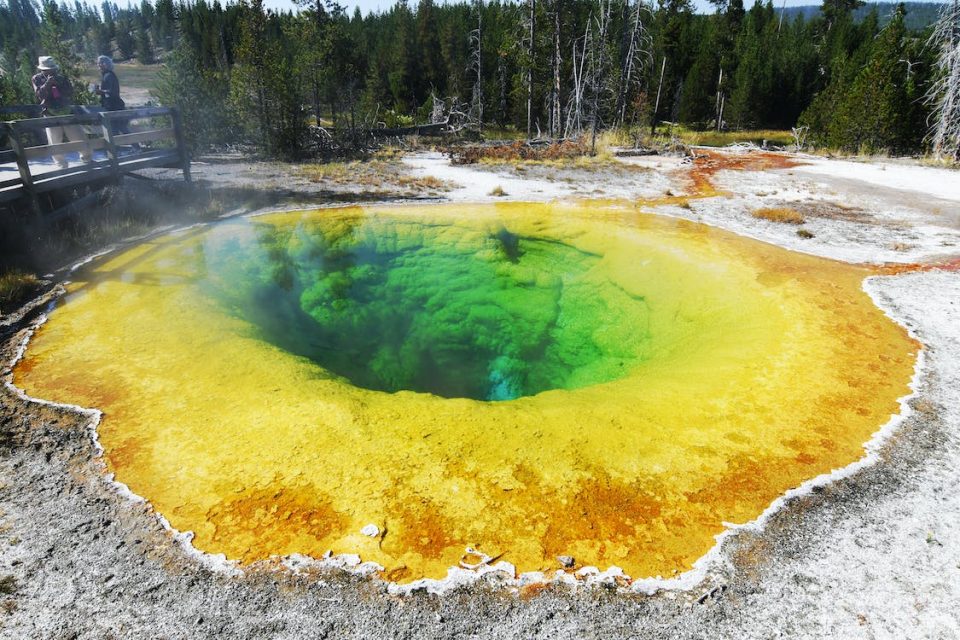
Solar energy is becoming increasingly popular around the world as a sustainable and cost-effective alternative to traditional energy sources. Solar panels are often installed on rooftops because they are an ideal location for harnessing the sun’s energy. However, the orientation of a roof can have a significant impact on the efficiency of a solar panel system. In this essay, we will explore the ways in which the orientation of a roof can impact the efficiency of a solar panel system.
The orientation of a roof:
The orientation of a roof refers to the direction that the roof is facing in relation to the sun. There are four main directions that a roof can face: north, south, east, and west. In the northern hemisphere, south-facing roofs receive the most sunlight, while north-facing roofs receive the least. The opposite is true in the southern hemisphere.
South-facing roofs:
South-facing roofs are generally the best option for installing solar panels because they receive the most sunlight throughout the day. This is because the sun is in the northern hemisphere for most of the day, and south-facing roofs are directly facing the sun. The angle of the sun changes throughout the day, but south-facing roofs receive the most consistent amount of sunlight.
In addition to receiving the most sunlight, south-facing roofs are also the easiest to install solar panels on. This is because they require the fewest modifications to the roof structure, and they can usually accommodate the most solar panels without any shading issues. This makes south-facing roofs the most cost-effective option for solar panel installations.
North-facing roofs:
North-facing roofs receive the least amount of sunlight throughout the day, making them the least efficient option for solar panel installations. This is because the sun is in the northern hemisphere for most of the day, and north-facing roofs are facing away from the sun. In addition to receiving less sunlight, north-facing roofs also tend to have more shading issues, which can further reduce their efficiency.
East-facing roofs:
East-facing roofs receive the most sunlight in the morning, but they receive less sunlight throughout the rest of the day. This can make them a good option for people who use most of their electricity in the morning or who live in areas with hot afternoon temperatures. However, the lower amount of sunlight in the afternoon can reduce the overall efficiency of the solar panel system.
West-facing roofs:
West-facing roofs receive the most sunlight in the afternoon, but they receive less sunlight throughout the rest of the day. This can make them a good option for people who use most of their electricity in the afternoon or who live in areas with cold morning temperatures. However, the lower amount of sunlight in the morning can reduce the overall efficiency of the solar panel system.
Conclusion:
In conclusion, the orientation of a roof can have a significant impact on the efficiency of a solar panel system. South-facing roofs are generally the best option for solar panel installations because they receive the most consistent amount of sunlight throughout the day. North-facing roofs are the least efficient option because they receive the least amount of sunlight and have more shading issues. East-facing and west-facing roofs can be good options depending on the energy needs of the household and the local climate. Ultimately, the best orientation for a solar panel system will depend on a number of factors, including the location of the home, the orientation of the roof, and the energy needs of the household.






